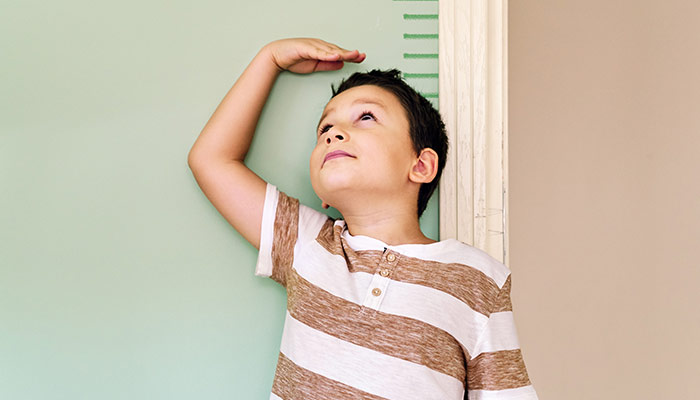While we believe that the books and resources recommended may be of value to you, keep in mind that these are suggestions only and you must do your own due diligence to determine whether the materials are appropriate and suitable for your use. PNC has no sponsorship or endorsement agreement with the authors or publishers of the materials listed.
ALL ABOUT ME

Measuring Me
Children will explore their height.

Lesson Objective
Children will compare heights.
Science
What You'll Need
- Tape measure – 1 for teacher use
- Long strip of paper (about 6 feet long) taped from the floor to the wall
- Rulers – 1 per child
What To Do
Note: This is a great activity to do in the fall and again in the spring so children can see how much they grew.
- Discuss the height of different things in the classroom (see Guiding Student Inquiry).
- Measure the children’s heights with a tape measure. Mark their heights on the paper you taped to the wall.
- Distribute rulers to the children.
- Give the children some time to use the rulers to measure objects in the room.
- Discuss children’s heights compared to objects in the room, such as the bookshelf, tables, and chairs.
- Have the children make predictions about how tall they will be at the end of the school year and mark their predictions on the paper.
Resources
Home School Resources
Home educators: use these printable lesson PDFs to teach this lesson to your home schoolers. They're available in English and Spanish.
Content Provided By
Common Core State Standards Initiative – These lessons are aligned with the Common Core State Standards ("CCSS"). The CCSS provide a consistent, clear understanding of the concepts and skills children are expected to learn and guide teachers to provide their students with opportunities to gain these important skills and foundational knowledge [1]. Visit the CCSS


